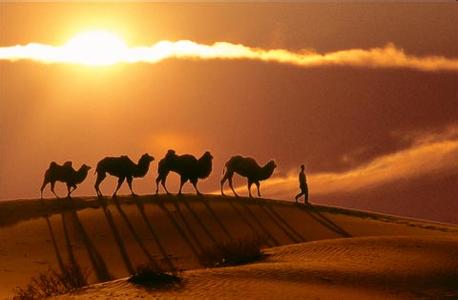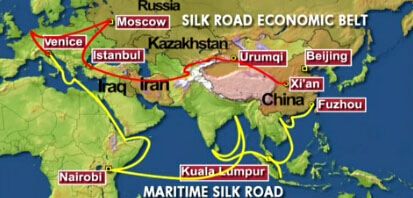Silk Road Economic Belt - An Initiative By China
Silk Road since history has been a trade route connecting Europe and Asia. For this reason alone apart from others, this road had a significant role in history for longest time. Britain and Russia were two major power once trying to gain control over this region. In modern time also this region has no less significance at all. China being one of major power centre in Asia has lot of strategic interest and assertion on Central Asia region. In fact Silk Road Economic Belt which is land based component is a Chinese government economic development framework for primarily integrating trade and investment in Eurasia. Silk Road economic belt is not just limited to land but it also consists of oceangoing 'Maritime Silk Road'. This Silk Road economic belt strategy is China's push to gain a bigger role in global business affair and also securing exports for its products in European countries through this route.
This idea of China has caught the imagination of the world. Centuries ago brave and diligent people had discovered and opened several routes for trade and cultural exchange linking Asia and Europe which was collectively called Silk Road. The design of the belt consists of several nodes, corridors and other elements. One of the earliest nodes to take shape was the New Eurasian Land Bridge, a railway that connects China to Central Europe through Kazakhstan and Eastern Europe. China intends to build a greater cooperation across Asia and Europe. Chinese President Xi Jinping unveiled in September 2013 where he revealed Silk Road Economic Belt and Maritime Silk Road. Though the belt primarily covers Asia and Europe but Oceania is also included along with East Africa. Since his visit to Central Asia and South East Asia in 2013 he has raised the initiative of building Silk Road Economic Belt and Maritime Silk Road jointly. Like in old days the route even today is intended to grow trade, cultural exchanges and building enabling infrastructure. Apart from the old route that was analogous to Silk Road the extended region to this belt are South Asia and South East Asia. North, central and south belts are proposed. North belt goes through Central Asia, Russia to Europe. Central belt goes through Central Asia, West Asia to the Persian Gulf and the Mediterranean. South belt starts from China to Southeast Asia, South Asia, the Indian Ocean. Central belt is spoken down due to complex religion problems and separation movement along the belt. It could be even taken advantage by extremists.
China in order to gain supremacy in this region and in an attempt to reach out to Europe and Africa intends to invest heavily to build sustainable infrastructure in this belt. Maritime Silk Road also known as 21st century Maritime Silk Road is a complementary initiative aimed at investing and fostering collaboration in Southeast Asia, Oceania, and North Africa, through several contiguous bodies of water – the South China Sea, the South Pacific Ocean, and the wider Indian Ocean area. Asian Infrastructure Investment Bank was proposed by china in 2013 only to fund infrastructure projects in this belt and funding into this bank will come from Asian and Oceanic countries. China will hold 26% of voting rights and will be single largest stakeholder in this bank.It is not hidden that China is competing directly with US. So this highly ambitious Silk Road Economic Belt is result of that objective. How far will it go and how successful will it be is yet to be seen as it involves quite complications among countries involved in this proposed belt. Central Asia as has always been a region of strategic interest for its geographical region is once again sitting in the centre of this belt. The world has an eye on it, so what unfolds in future is yet to be seen.Also Read
Sanghai-cooperation-organisation-a-growing-organisation-in-Eurasia
Recent Blog
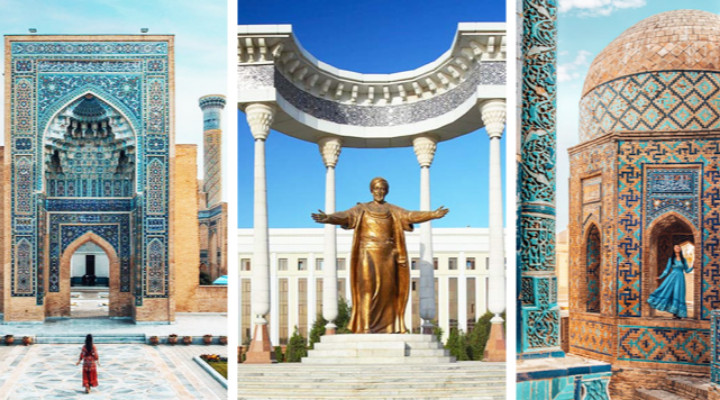
24 Jun
Travel ![]() Admin
Admin ![]() Coments (8)
Coments (8)
11 Best Uzbekistan Cities to Visit on Your Next Holiday
Uzbekistan is a hidden gem of Central Asia. This emerging tourist destination is home to stunning ar...
Read More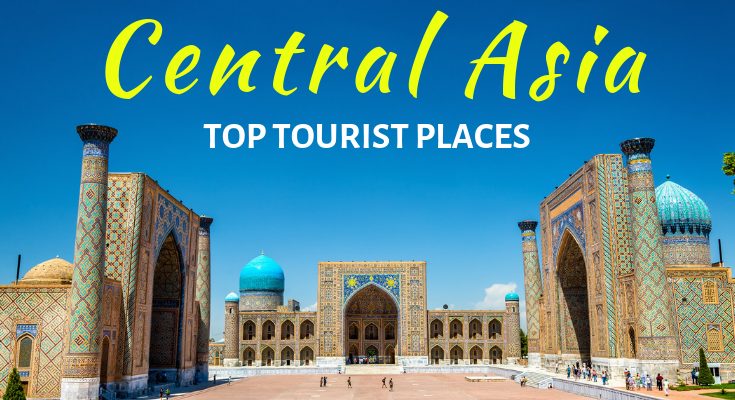
24 Jun
Travel ![]() Admin
Admin ![]() Coments (8)
Coments (8)
22 Top Places to Visit in Central Asia
Central Asia consists of stans mainly These countries are Kazakhstan Uzbekistan Kyrgyzstan Turkmenis...
Read More
24 Jun
Travel ![]() Admin
Admin ![]() Coments (8)
Coments (8)
10 Traditional Uzbekistan Food & Cuisine You Must Try
Uzbekistan may be synonymous with awe-inspiring Islamic architecture, wealthy history, or natural be...
Read More
24 Jun
Travel ![]() Admin
Admin ![]() Coments (8)
Coments (8)
10 Georgian Food & Cuisine You Must Try Once in a Lifetime
If you are in Georgia or traveling to this country, you don’t have to think about food because you w...
Read More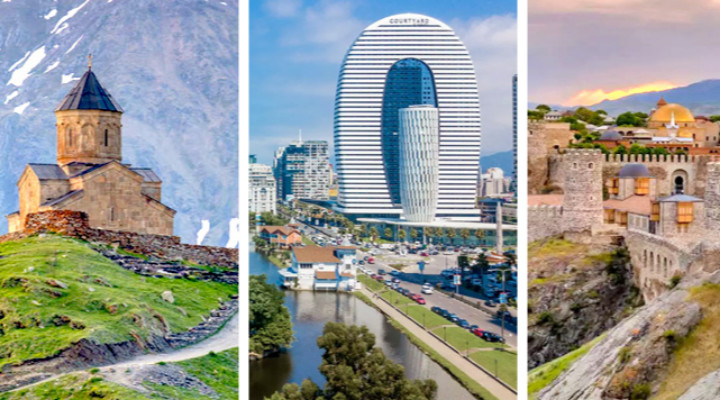
22 Jun
Travel ![]() Admin
Admin ![]() Coments (8)
Coments (8)
15 Best Cities in Georgia to Visit
Georgia is a land of stunning landscapes, welcoming culture, incredible mountain ranges, vibrant cit...
Read More
18 Jun
Travel ![]() Admin
Admin ![]() Coments (8)
Coments (8)
10 Traditional Kazakhstan Food & Dishes to Try
Kazakhstan’s cultural richness, vast deserts, geographical diversity, stunning attractions, and awe-...
Read More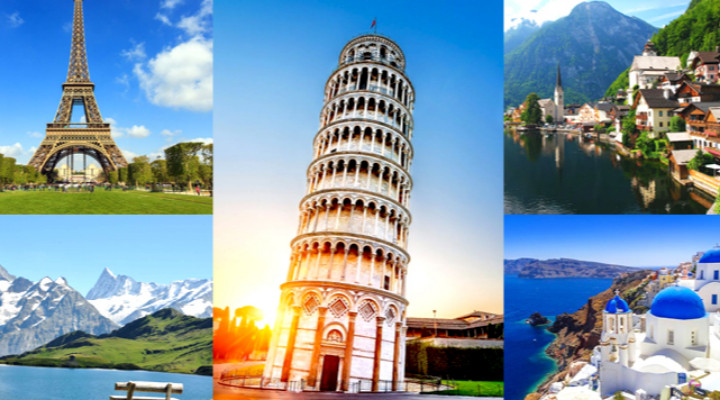
17 Jun
Travel ![]() Admin
Admin ![]() Coments (8)
Coments (8)
35 Best Countries to Visit in Europe
Loaded with pretty places, lovely landscapes, impressive historical sights, cultural landmarks, and...
Read More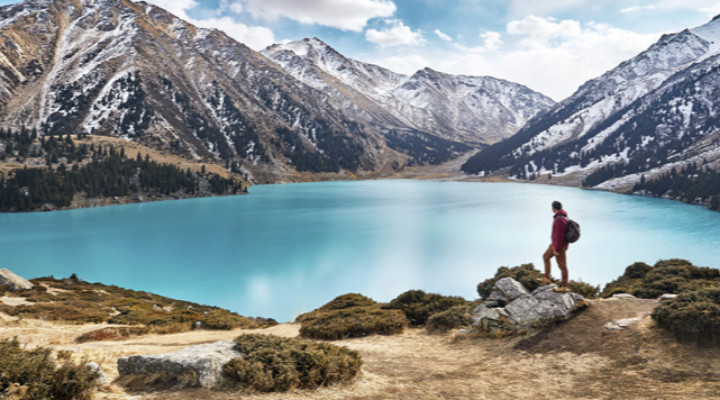
17 Jun
Travel ![]() Admin
Admin ![]() Coments (8)
Coments (8)
10 Best Cities in Kazakhstan to Visit
Kazakhstan, the ninth-largest country, covers vast areas of treasures that are yet to be discovered....
Read More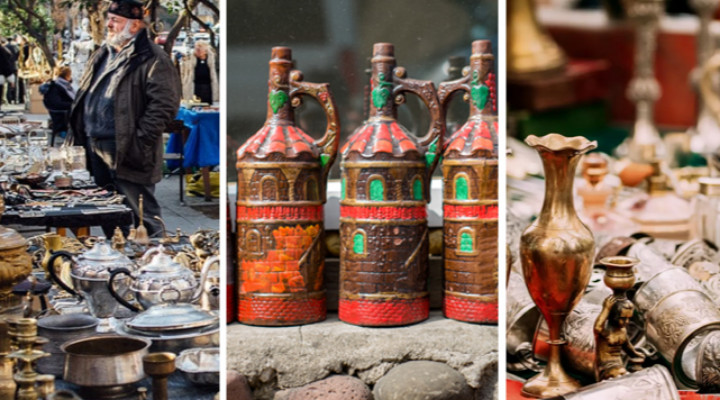
16 Jun
Travel ![]() Admin
Admin ![]() Coments (8)
Coments (8)
Shopping in Georgia Tbilisi - 10 Best Shopping Centres & Malls
Georgia is a place of wonders, and nothing can deny the fact that there are so many things to enjoy....
Read More
15 Jun
Travel ![]() Admin
Admin ![]() Coments (8)
Coments (8)
15 Traditional Russian Food & Cuisine to Try
Food is the gist of every vacation. No trip can be fully enjoyed without trying the delicious cuisin...
Read More
15 Jun
Travel ![]() Admin
Admin ![]() Coments (8)
Coments (8)
10 Best Game Reserves in South Africa
There isn't much that South Africa can't provide visitors with The Kruger's private reserves offer t...
Read More
15 Jun
Travel ![]() Admin
Admin ![]() Coments (8)
Coments (8)
Best Time to Visit Kyrgyzstan for the Ultimate Adventure
Kyrgyzstan is an unmatched destination that you must visit. Before heading here, you should check ou...
Read More
12 Jun
Travel ![]() Admin
Admin ![]() Coments (8)
Coments (8)
Shopping in Almaty & Kazakhstan - Top 10 Malls & Places
Every vacation’s last goal is to shop for something to take back home. No matter where you are trave...
Read More
09 Jun
Travel ![]() Admin
Admin ![]() Coments (8)
Coments (8)
28 Best Things to Do in Baku Azerbaijan
Baku is the capital city of Azerbaijan This beautiful city is located on the shores of the Caspian.....
Read More
09 Jun
Travel ![]() Admin
Admin ![]() Coments (8)
Coments (8)
10 Popular Beaches in Batumi that You Must Visit
Batumi, the Georgian capital, is a place of many things. It is a leading holiday destination in Geor...
Read More
06 Jun
Travel ![]() Admin
Admin ![]() Coments (8)
Coments (8)
15 Kyrgyzstan Food & Cuisine You Can't Miss
Kyrgyzstan is a place of wonders, and its cuisines are one of them. Kyrgyzstan is known for its noma...
Read More
05 Jun
Travel ![]() Admin
Admin ![]() Coments (8)
Coments (8)
10 Best Restaurants in Almaty & Kazakhstan
Kazakhstan has always captivated tourists with its spectacular landscapes, surreal attractions, swar...
Read More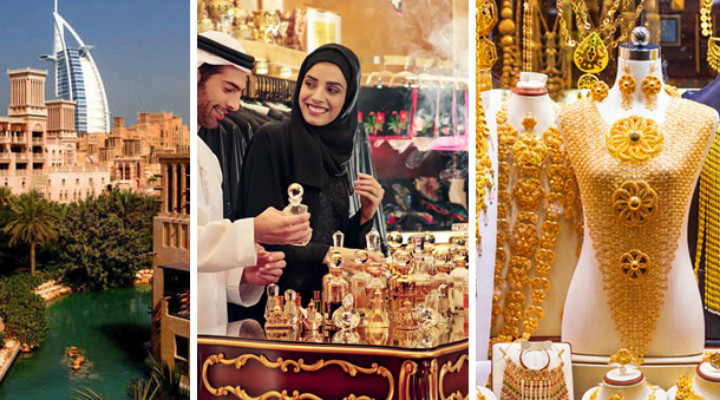
05 Jun
Travel ![]() Admin
Admin ![]() Coments (8)
Coments (8)
Shopping in Dubai - Top Dubai Shopping Malls & Centres
Dubai is known for many things, and shopping is the most prominent among them all. Shopaholics can e...
Read More
03 Jun
Travel ![]() Admin
Admin ![]() Coments (8)
Coments (8)
10 Prominent Places for Shopping in Russia that You Shouldn’t Miss
Russia has so much in its bucket for travelers. And unique shopping experience is no exception to th...
Read More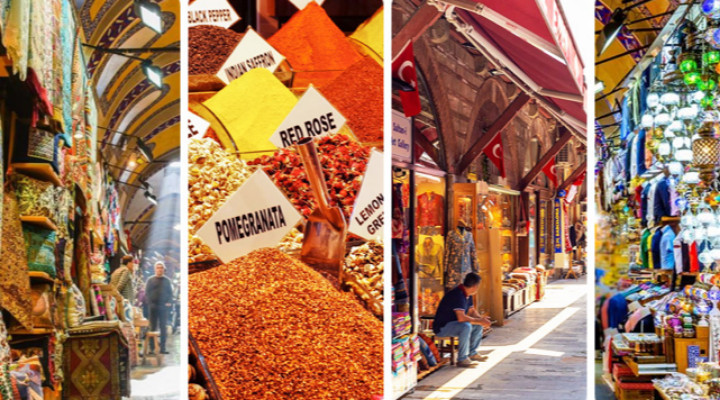
01 Jun
Travel ![]() Admin
Admin ![]() Coments (8)
Coments (8)
10 Best Places for Shopping in Turkey You Must Visit!
No matter where you are heading for a vacation, bringing gifts home is a loving practice. Your famil...
Read More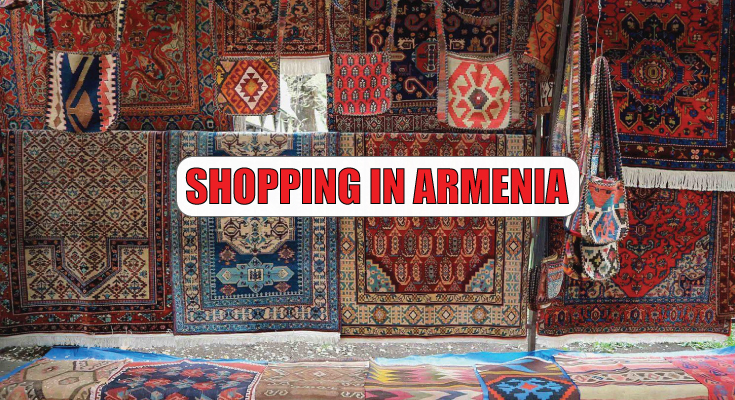
30 May
Travel ![]() Admin
Admin ![]() Coments (8)
Coments (8)
Shopping in Armenia: All the Unique Things You Can't Miss in Yerevan
No trip is complete without shopping You want to bring something back with you from your trip that.....
Read More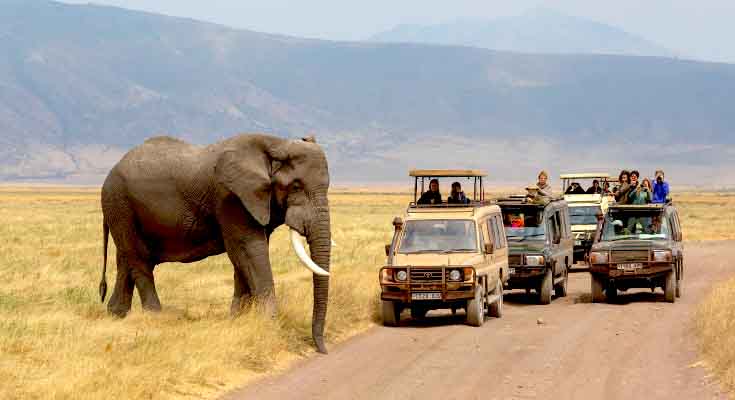
30 May
Travel ![]() Admin
Admin ![]() Coments (8)
Coments (8)
20 Best Places to Visit in Africa
One of the most captivating places on earth is the African continent It's no doubt difficult to sele...
Read More
30 May
Travel ![]() Admin
Admin ![]() Coments (8)
Coments (8)
Shopping in Uzbekistan: A Heartfelt Experience for Travelers
Uzbekistan is a country rich in cultural scenes, Silk Road history, stunning architecture, and vibra...
Read More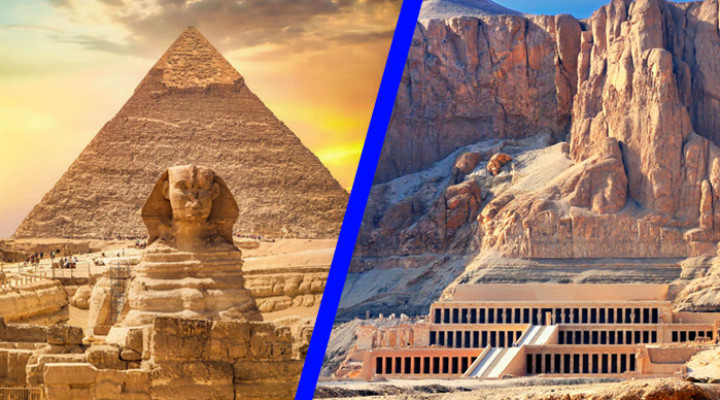
30 May
Travel ![]() Admin
Admin ![]() Coments (8)
Coments (8)
Best Time to Visit Egypt: Everything You Should Know!
Egypt is an iconic tourist destination that offers an unmatched mix of ancient wonders, rich culture...
Read More
29 May
Travel ![]() Admin
Admin ![]() Coments (8)
Coments (8)
Trekking in Sapa: What You Need to Know
Sapa, a town in the Hoang Lien Son Mountains, is one of the most famous trekking destinations in the...
Read More
29 May
Travel ![]() Admin
Admin ![]() Coments (8)
Coments (8)
Azerbaijan Food: Top 10 Cuisine You Have to Try
Everything about Azerbaijan is extraordinary, including its culinary heritage. Azerbaijan cuisine se...
Read More
23 May
Travel ![]() Admin
Admin ![]() Coments (8)
Coments (8)
Bali Food & Cuisine: Discover the Essence of Balinese Taste
Besides the beaches and rice terraces, Bali has a mouthwatering culinary heritage. Bali food scenes...
Read More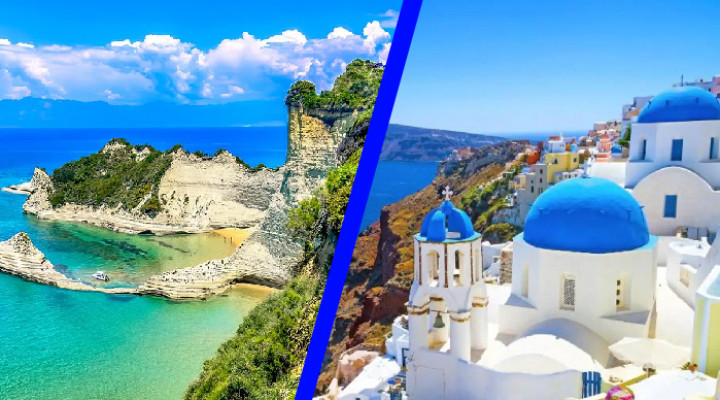
21 May
Travel ![]() Admin
Admin ![]() Coments (8)
Coments (8)
Best Cities in Greece to Visit for Stunning Coastal Views
Greece, the dreamy wonderland, is among the most beautiful destinations to visit in the world. Every...
Read More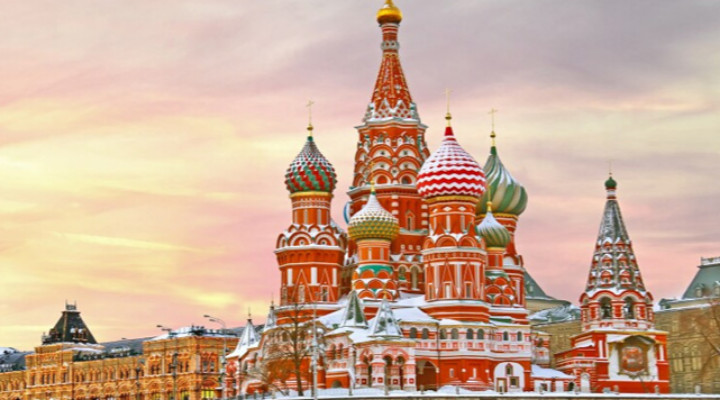
21 May
Travel ![]() Admin
Admin ![]() Coments (8)
Coments (8)
15 Best Cities to Visit in Russia
Russia, the grandest country on the map, has many elegant and beautiful cities radiating with vibran...
Read MoreBook With Confidence
![]() Hassle-free booking and best price guaranteed
Hassle-free booking and best price guaranteed
![]() 24/7 support available
24/7 support available
![]() Hand-picked tours & activities
Hand-picked tours & activities
![]() Free travel insurance
Free travel insurance
